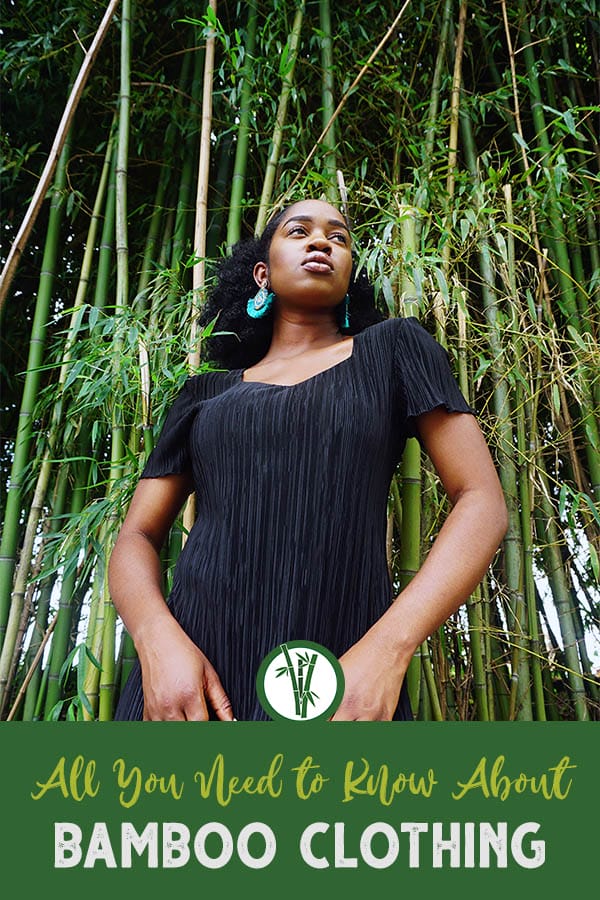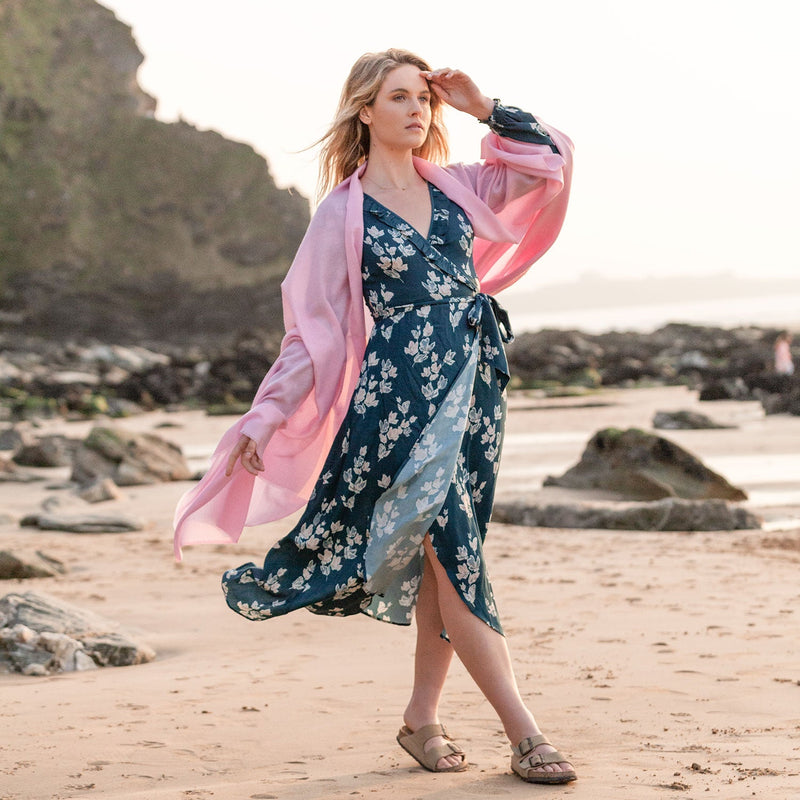Best Merino Wool Base Layer Website
Wiki Article
Why Are Yak Merino Wool Base Layers So Efficient For Winter Sports Clothing With Regards To The Natural Fiber Benefits And Environmental Sustainability?
Natural fibers are a great choice for base layers in winter sports apparel, and not just for their durability but also their environmental sustainability.
Both Merino fleece and yak wool are made of natural fibers from animals. They are renewable resources which can be harvested sustainably without harming animals. The fibers are biodegradable which means that they are broken down naturally and without causing environmental harm.
Low Environmental Impact-
Natural fibers are a source of energy and generally has a less environmental impact compared to synthetic materials. Wool cultivation and harvesting involves less chemical processing and is less dependent on non-renewable resources as compared to that of synthetic fibers.
Energy EfficiencyEnergy Efficiency
Wool fibers are processed with less energy than synthetic fibers. Natural wool manufacturing is energy efficient, resulting in a lower carbon footprint.
Reducing Microplastic Pollution
Wool fibers are less a contributor to microplastics in the water as compared to synthetic fibers. Synthetic fibers shed microplastics while being washed.
Recyclability and longevity
Yak merino clothes are usually sturdy and last for a lengthy period of time. Wool fibers may also be recycled or repurposed in order to reduce consumption.
Sustainable Practices-
Some wool producers adhere to ethical and sustainable practices. This includes the protection of animals as well as responsible management of the land. Also, they ensure fair labor conditions and working conditions for employees involved in the production process.
Environmental Certification-
To assure consumers of the quality of wool produced is a way to demonstrate this through a certification like the Responsible Textile Standard (GOTS), or the Global Organic Textile Standard.
As a whole yak Merino Wool base layers support environmental sustainability because they are made with natural fibers, have minimal environmental impact, and incorporate ethical and sustainable practices within the supply chain. By choosing natural fibers like yak merino winter sportswear, you are supporting environmentally responsible and sustainable consumption practices. Read the most popular merino wool base layer blog for website info including wool base layer mens, merino wool underwear womens, best thermals for skiing, smartwool thermals, merino wool thermals women's, ski underwear, ll bean merino wool base layer, merino wool mid layer, snow base layers, smartwool classic thermal merino quarter zip base layer top women's and more.
What Are The Benefits Of Bamboo Clothing In Terms Of The Softness, Antibacterial Properties Durability, And Renewable?
Bamboo clothing offers several advantages in terms of its softness, antibacterial properties and durability, and renewability- It is soft-
The luxurious feel of bamboo fabric is well-known for its silky soft texture. It's often compared with extravagant materials like silk or cashmere. It feels gentle and smooth against your skin, providing a comfortable and pleasant wearing experience.
Antibacterial Properties
Bamboo is a natural material with antimicrobial characteristics that are natural. This agent is called "bamboo Kun." This property prevents the growth and spread of bacteria that cause odors, fungi and even odors.
Durability-
Strength- Despite their softness bamboo fibers are sturdy and robust. Bamboo clothing is not prone to wear and tear. This makes it ideal for various activities.
Renewability-
Rapid growth - Bamboo is an extremely renewable resource which grows rapidly without the use of pesticides or fertilizers. It will mature within several years, making it readily accessible for sustainable harvesting and reduces the impact on the environment of cultivation.
Sustainability-
The cultivation and processing has typically less environmental impact than the production of synthetic material. Bamboo's rapid growth rate, low need for water and the ability to grow in different climates all help to ensure its sustainability.
Biodegradability-
Natural Breakdown - Bamboo clothes are biodegradable. This means they are able to decompose naturally at the completion of their life cycle. This quality reduces the accumulation of non-biodegradable garbage in landfills, and reduces environmental pollution.
Hypoallergenic Qualities
Bamboo fabric is less likely than other synthetic substances to cause irritation on the skin or to cause allergic reactions. This makes it an ideal choice for those who have sensitive skin.
Bamboo clothing is an excellent alternative for those looking for comfortable, functional and environmentally-friendly clothing. It combines softness with the ability to fight bacteria and last for a long time. These qualities provide a positive experience while wearing and are in line with green practices. See the best bamboo clothing for website tips including bamboo family pajamas, bamboo yoga clothing, bamboo jeans, bamboo clothing for women, bamboo fitness clothing, childrens bamboo socks, ladies bamboo tops, ladies bamboo tops, cheapest bamboo pajamas, bamboo jeans and more.

How Does Merino And Bamboo Clothing Compare With Wool In Terms Of Texture, Warmth And Moisture Absorption?
When comparing traditional wool bamboo, merino and traditional wool in terms of the warmth and absorption of moisture, the their texture is vital.
Merino Wool Merino Wool has finer fibers and is softer than traditional wool. It is also considered more comfortable to wear.
Bamboo Clothing - Bamboo fabric is silky and smooth texture. It is often compared with luxurious materials such as silk or cashmere. It is soft, making it a comfortable fit.
Traditional Wool- The feel can vary. Certain kinds of wool may feel coarser or cause itching or irritation compared with merino and bamboo clothing.
Warmth-
Merino Wool - Merino is an excellent wool for warming due to its insulation properties. Even when it is damp, it retains warmth and acts as an effective insulation during frigid weather conditions.
Bamboo Clothing- Bamboo clothing also provides warmth, however it isn't able to provide the same degree of insulation like the merino wool. It regulates body's temperature, and also provides the comfort you need in all conditions.
Traditional Wool - Similar to the merino wool, traditional wool is warm and insulation. It is heavier and bulkier than bamboo or merino clothing.
Moisture Absorption-
Merino Wool Merino Wool is a natural fiber with amazing moisture-wicking properties. It draws moisture from the skin, and lets it evaporate. Even when damp it is warm.
Bamboo clothing- Bamboo fabric is also a moisture-wicking fabric, allowing it to remove moisture from the skin. This gives comfort and supports during physical exercise. Bamboo is a great moisture-regulating material, which keeps the skin dry.
Wool - Wool is a natural fiber that can absorb moisture but may not be as moisture-wicking like bamboo or Merino. Some types wool can feel damp or heavy when wet.
Merino is known as a warm and soft fabric with exceptional moisture-wicking abilities. Bamboo clothing is smooth and silky. It's warm. It also regulates moisture. Wool clothing has various textures, and offer warmth and moisture absorbency However, it may appear coarser or heavier than merino and bamboo clothing. Each fabric has its own characteristics to accommodate different tastes in clothes. Read the recommended bamboo winter clothing examples for more advice including merino wool thermals, merino wool mid layer, best layers for skiing, merino ninja suit, wool thermals, merino wool base layer women's sale, merino wool base layer clearance, best thermals for skiing, skiing mid layers, best mid layer skiing and more.
